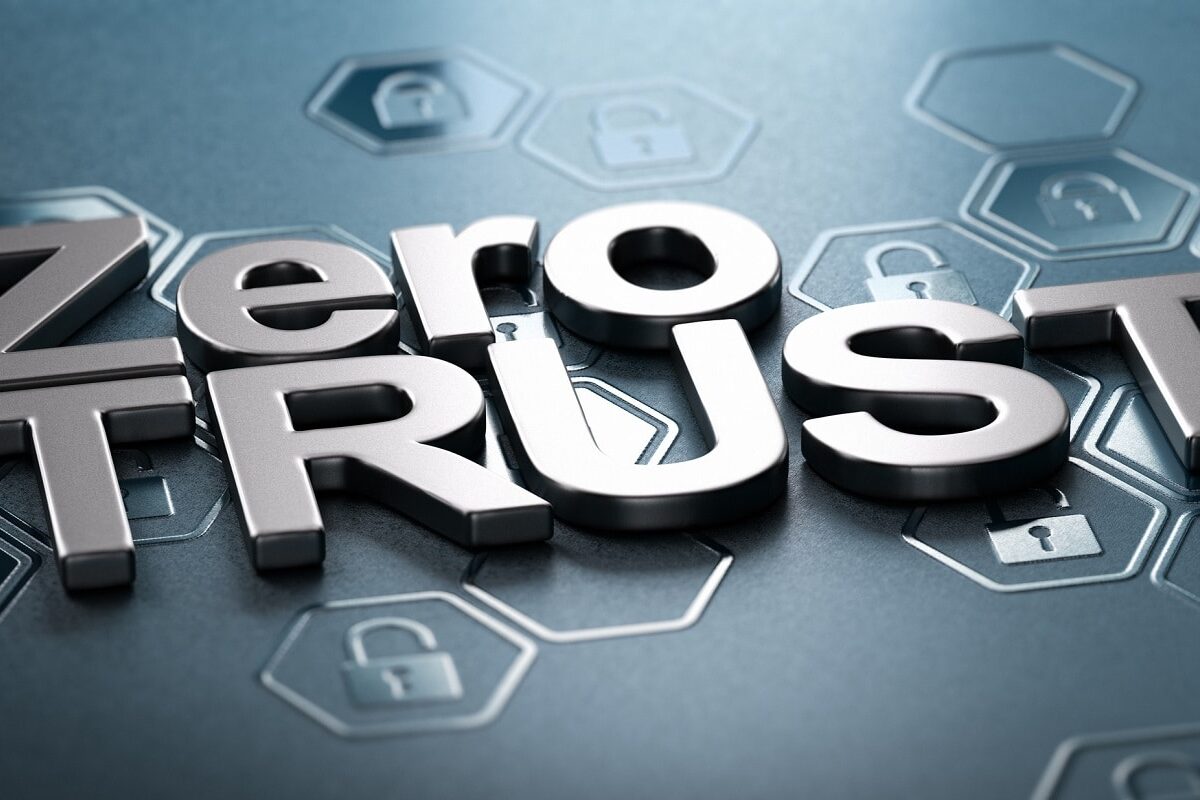In today’s ever changing interconnected world, where cyber threats have become better and better at surpassing complicated security systems, Zero Trust was created as an entirely new concept which prevents anyone or anything from automatically being trusted by a network.
For a better understanding of what zero trust is, please read our precursor blog here. We will be looking deeper into the benefits, drawbacks, and process of implementing zero trust in your business, then it will be up to you to decide whether it is worth your while.
The Benefits
The Zero Trust model displays a range of benefits that organisations will receive when looking into improving their security posture and safeguarding their critical assets. Here are a few of the benefits:
- Enhanced security – the model protects against internal and external threats equally through its main principle that nothing and no one is automatically trusted and has to go through the same security measures to access a network. It dramatically reduces security threats and breaches to data, meaning improved data protection, ensuring that data is protected at all levels.
- Better for hybrid or remote working – since hybrid working has increased so drastically following Covid-19, having workforces partially or totally online means increased access points for security threats. Zero trust however, through its enhanced security ensures this is not an issue when working from home.
- Increased visibility – with access to much more information about network users, user activity, and user habits, a higher degree of insight and control is enabled.
- Compliance and regulation – Zero Trust Models are aligned with typical statutory and regulatory standards like GDPR and HIPPA, allowing the businesses that adopts them to automatically increase their commitment to and demonstration of compliance in line with these regulations.
- Scalability – built to adapt to new environments, zero trust allows security to develop even as the business grows and changes.
- Responsiveness – the granularity and modularity of Zero Trust architectures allows for rapid, small-scale changes to be made to policies, controls etc in response to changes in context.
- Improved risk management – with the ability to better detect risk within faults in networks, risk exposure and impact can be drastically decreased and controlled from within, by proactively assessing potential threats.
- Collaborating with partners is easier – allowing third-party organisations secure access allows for a more trusted and transparent collaboration between businesses.
Drawbacks:
While the Zero Trust model offers a number of benefits in terms of security and data protection, it also has certain drawbacks that organisations should be aware of. Here are some drawbacks of a Zero Trust model:
- Complexity – changing from a system a business has used for years can always seem complex and challenging. Adopting zero trust requires specific knowledge and understanding of its components to allow for a seamless integration. Management of these heterogeneous components can be more complex to administer than the more limited array of controls typically employed (IDAM, firewalls etc).
- Cost of Implementation – as with anything, there can be a significant upfront cost involved, for example, investing in new technology and upgrades. This is especially true if you do a Zero trust implementation in isolation from broader change activity.
- Operational overhead – to ensure the system stays effective, funds will need to go into monitoring, analysis, tuning, team training, and continuous improvement as the business develops its security needs.
- User experience impacted – the network user may be disrupted through having to go through MFA and more stringent controls for access. Not only can it take longer time to access the network, but the user will also have to provide further credentials or go through further controls, leading to a potential impact on productivity and satisfaction.
- Integration challenges – integrating a zero-trust system into other security tools and solutions (especially legacy platforms) may be challenging when setting up the system, especially if there are certain incompatibilities (for example around session management). Seamless integration is essential when looking to move to zero trust.
Process of implementing Zero Trust:
Implementing Zero-Trust in any organisation doesn’t have to be difficult. Here are summarised step-by-step instructions as to the means your organisation can take to become a safer network.
- Assess – Identify vulnerabilities by assessing the current security landscape – this could involve build reviews, audit of systems etc.
- Plan – Create a roadmap defining needed changes, timelines, and resources.
- Design – redefine the network architecture to align with Zero Trust principles – maximise the reuse of existing investment within this.
- Identity and Access Management (IAM) – identify strong authentication mechanisms, such as multi-factor authentication and single sign-on (SSO).
- Security Controls – deploy an array of advanced security controls to ensure threats are detected in near-realtime, monitoring is constant, and intrusions are prevented where possible and contained and mitigated rapidly where not.
- Data Protection – Implement encryption and data loss prevention (DLP) systems to protect all sensitive data. Apply data classification and access policies to ensure data sovereignty and compliance.
- Monitoring and Analytics – continuously monitor and analyse data coming through, in order to effectively respond to any potential threats.
- Training and Awareness – regularly train and educate staff and foster a security awareness and proactiveness culture within the organisation.
- Testing and Validation – to ensure its effectiveness, conduct testing and validation throughout the system and ensure its compatibility with the organisations operational requirements.
- Iterative Improvement – continuously evaluate and redefine the security measures, to stay updated and safe in the cyber world.
It may be a significant decision that you are faced with, implementing zero-trust or relying on potentially outdated security measures.
Join us in our upcoming event on Zero Trust and Data Sovereignty for the opportunity to speak about your organisation’s challenges and opportunities with an expert lead panel on Thursday 3rd of August 2023. Followed by a networking session at The Great British Beer Festival – Sign up here while spaces are available.



